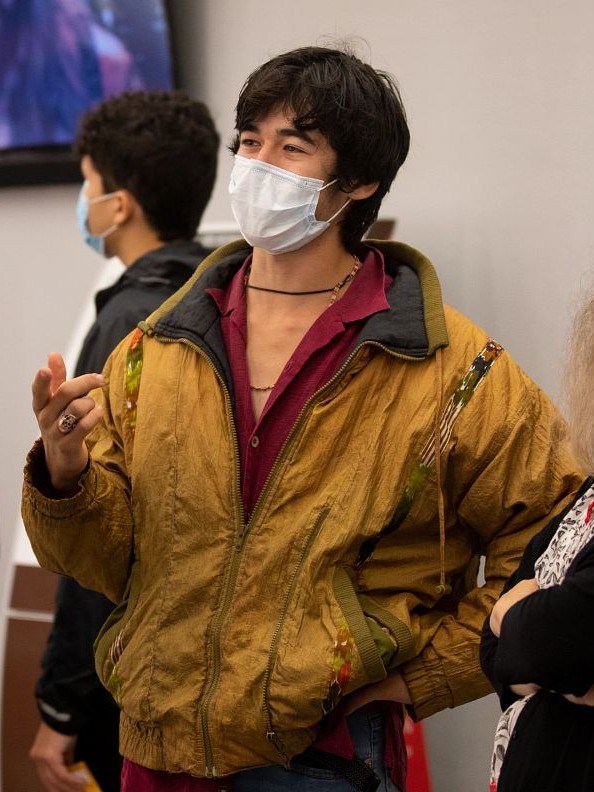PROVIDENCE, R.I. [Brown University] — To many, exploring burned-down homes and growing oyster mushrooms near their charred remains might seem like a strange way to spend a final high-school summer. But for first-year Brown undergraduate Mason Lee, it was the exciting culmination of years of research.
When buildings are destroyed in wildfires, hazardous household waste seeps into the soil and is swept away in runoff, polluting the area with toxic materials. Working with a team of researchers at a nonprofit in Santa Cruz, California — halfway up the coast from his home in Los Angeles — Lee helped to mitigate the impact of pollution by developing a biofilter made of oyster mushrooms, which offers a safer, potentially cheaper alternative approach to environmental cleanup.
That project combined Lee’s various interests — ecology, firefighting, technology and mycology, the study of fungi — in a way that previous work in high school hadn’t. When he began to explore colleges, the opportunity for similar hands-on research that builds on his interests was near the top of his list.
“I was really drawn to the Open Curriculum at Brown, because I was unsure about how to combine all those different things that were pulling at me,” Lee said. “I wanted to find a way to explore that in a place that was collaborative, open, and really fostered a sense of freedom and responsibility in my own education.”
Lee’s first step in making use of the intellectual freedom that Brown affords was asking the University to defer his enrollment (a request that was granted) while he took a gap year to help fight wildfires in his native state as a volunteer with the California Department of Forestry and Fire Protection.
